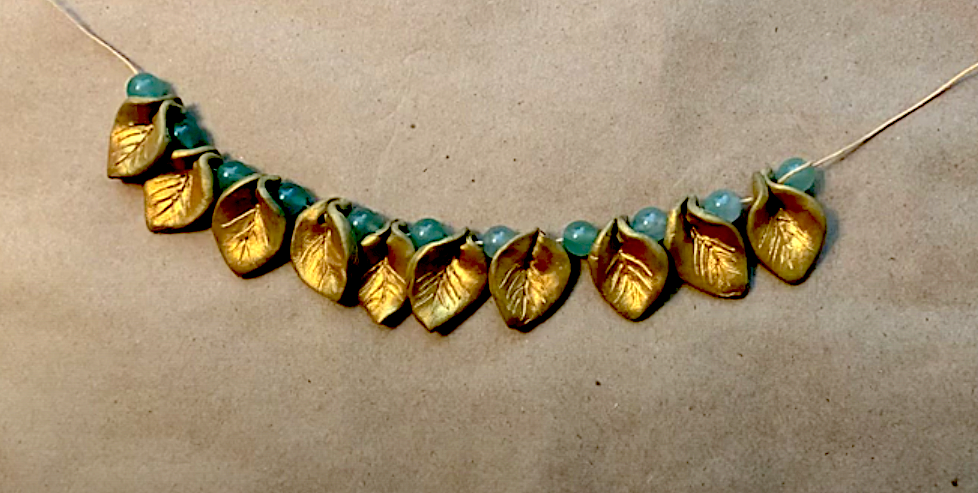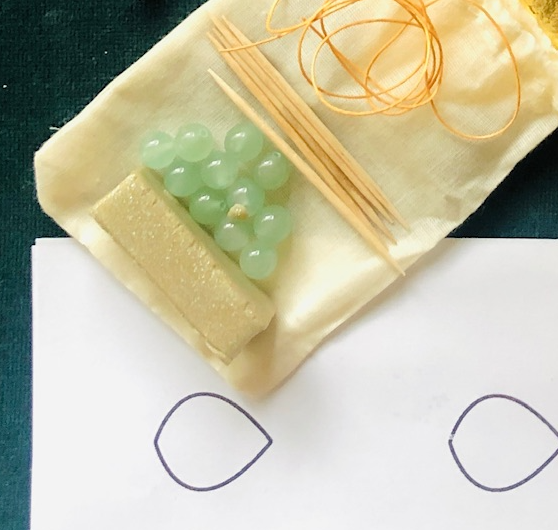Creative Teaching Ideas for
by Eloise Jarvis McGraw (1961)
ON THIS PAGE: LitWits hands-on activity ideas and instructions, teaching topics, learning links, and more. Scroll on!





BookBites
A LitWits project from the story's Rising Action
We couldn't take a field trip through The Golden Goblet without a golden goblet--it's literally THE object of the book! This project centers around that moment when Ranofer discovers the goblet hidden in his half-brother's room, and realizes it's been stolen from Thutmose III's tomb:
For a moment he stood perfectly still. Then he sank to his knees, for his legs had suddenly become too weak to support him. In a shaft of moonlight he examined his find more closely. It was pure gold, exquisitely fashioned in the shape of a lotus blossom. An inlaid band around its rim was of priceless silver, and so was its delicate stem. [. . . ] He read the inscription again, and still again, but there was no mistake. This treasure bore the name of Thutmose the Conqueror, Pharaoh of Egypt over a hundred years ago. - Ch. 10
The background is an actual Egyptian illustration of goldsmiths at work--we let the kids decide which one was Ranofer. To give this artwork an even more lustrous and authentic look, we had them gild the objects that were made of gold. And because so much is made of saving and weighing the clippings and trimmings of gold in the goldsmith shop, we added plenty of gold leaf bits and pieces at the bottom of the page, to be swept up by the ancient goldsmiths at the end of the day.
The goblet itself is cut from our template and tucked into pre-cut slits in the background, so that it becomes a three-dimensional secret hiding place. The kids inscribed King Thutmose III’s name inside the cartouche oval and finished the goblet with a silver rim and stem.
SUPPLIES
paintbrush
glue
marker
bag (for the gold leaf) printed with our Master Zau label, if desired--it's included in our printables
black cardstock for mounting
gold printable cardstock for goblet
silver printable cardstock for goblet
background page, in our printables
goblet template, in our printables
DIRECTIONS
This video gives full directions for creating the background:



Takeaway 1

Takeaway 2
Takeaway 3